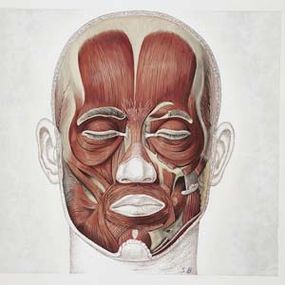After taking just one look at someone, why do we sometimes immediately know we don't like them? We usually chalk it up to instinct, intuition or a gut feeling, but researchers have found there's something more going on that just barely meets the eye — microexpressions. The human face is a medium that sends us a message. When we "read" a face, there's quite a lot of data to sift through. With this in mind, let's take a look at how and why facial expressions can convey positive and negative emotions.
While verbal communication is important, it isn't everything. Nonverbal cues make the human face an integral part of understanding others. If we think of the human face as a medium, one part of the medium is its basic structure and muscle tone. Is it long and angular or round and chubby? Often, we'll see a stranger's face and flip through a mental Rolodex of sorts, matching the shape of the new face with ones we already know. We also perceive changes that have taken place, such as scarring and wrinkles. Taking into account other factors like makeup, tattoos and piercings, we make personal judgments based on what the person has added by choice.
Advertisement
Providing more immediate information are the changes in a person's facial expression — smiles, frowns and scowls. These changes provide us with the most obvious information about someone's mood or immediate intentions. Expressions represent the person's intended message, the one they want to convey. A person trying to gain your trust smiles. Someone trying to scare you scowls. Of course, sometimes the person makes involuntary facial expressions that reveal the person's true emotions. These involuntary expressions are microexpressions.
When we communicate, we try to collect as much verbal and nonverbal information as possible. We also try to control the outgoing expressive information we display to others in order to:
- Maximize our understanding of the people we interact with
- Gain perspective on the situation
- Protect ourselves against harm, deception, embarrassment or loss of social standing
- Guide, assure or manipulate the perceptions of another
Advertisement





